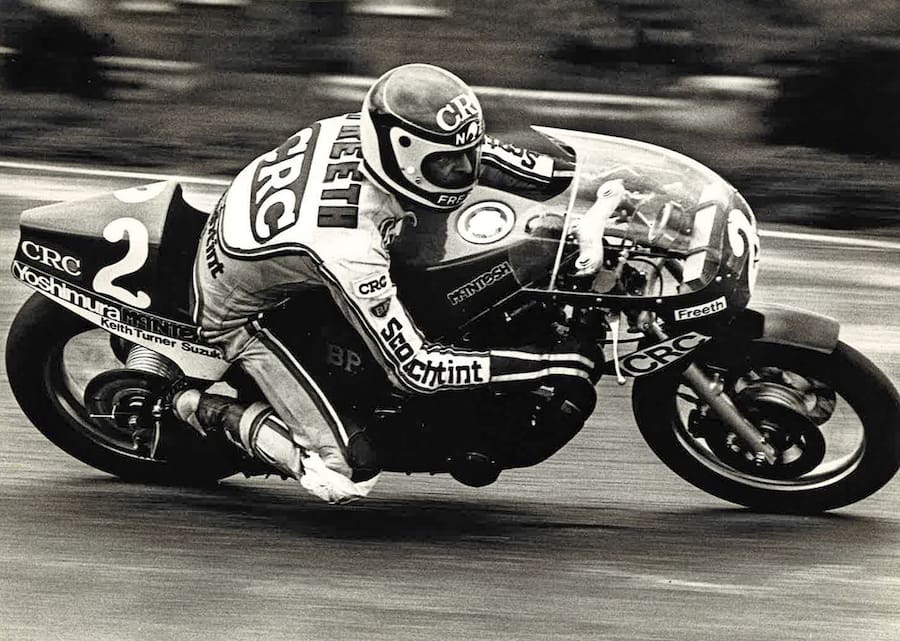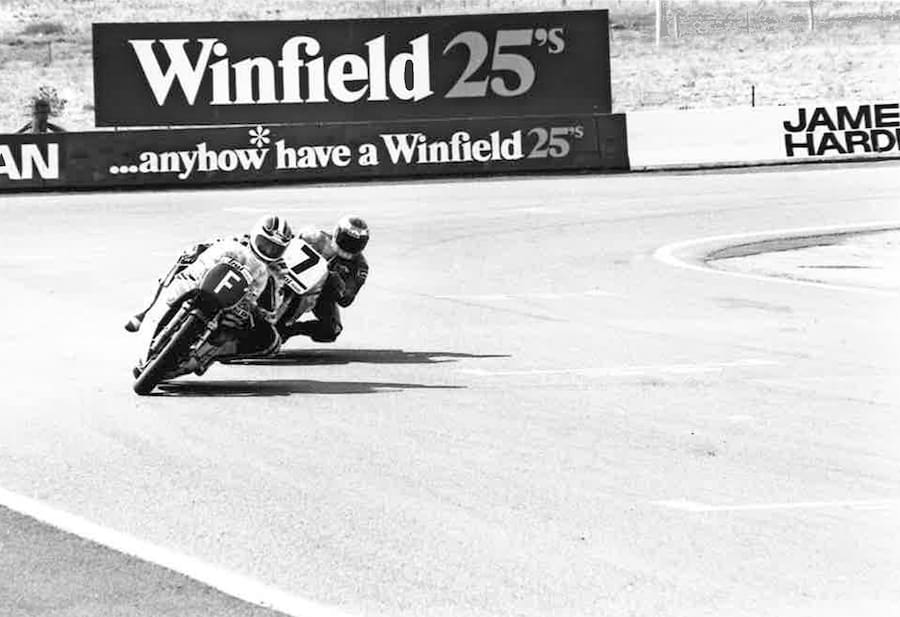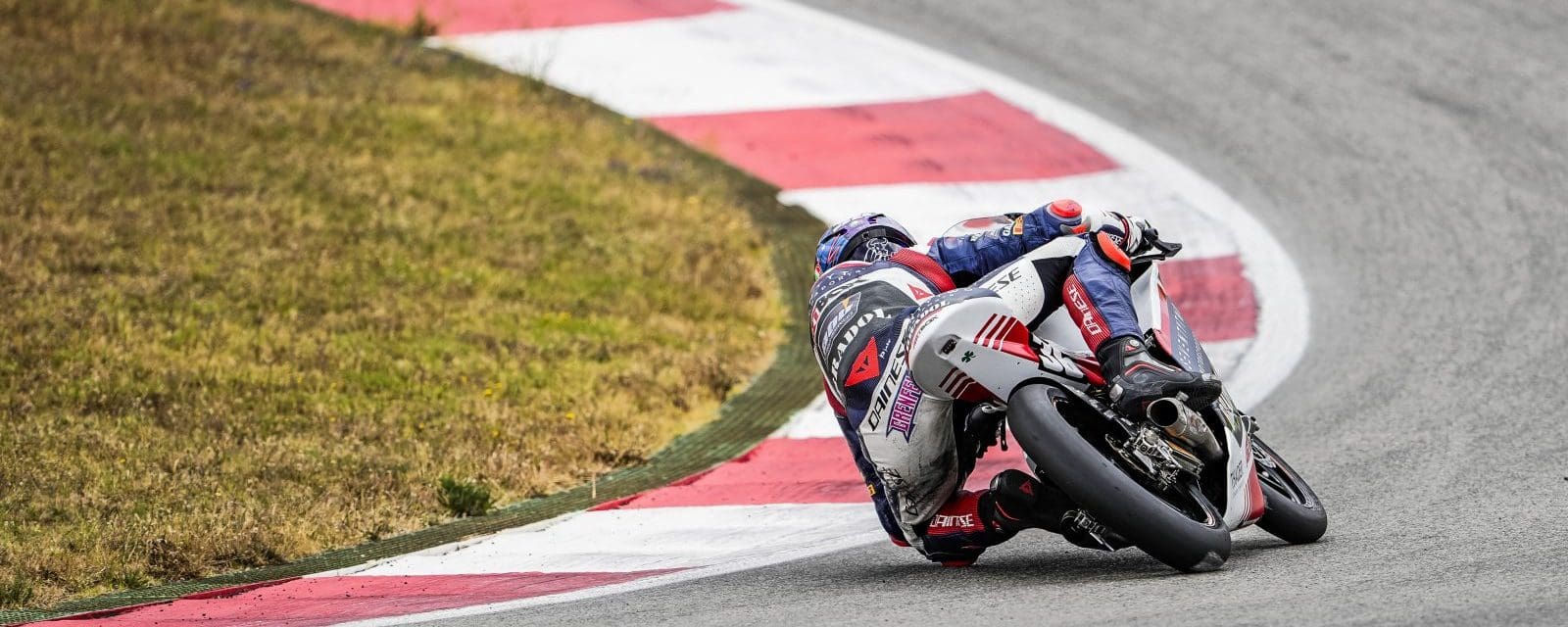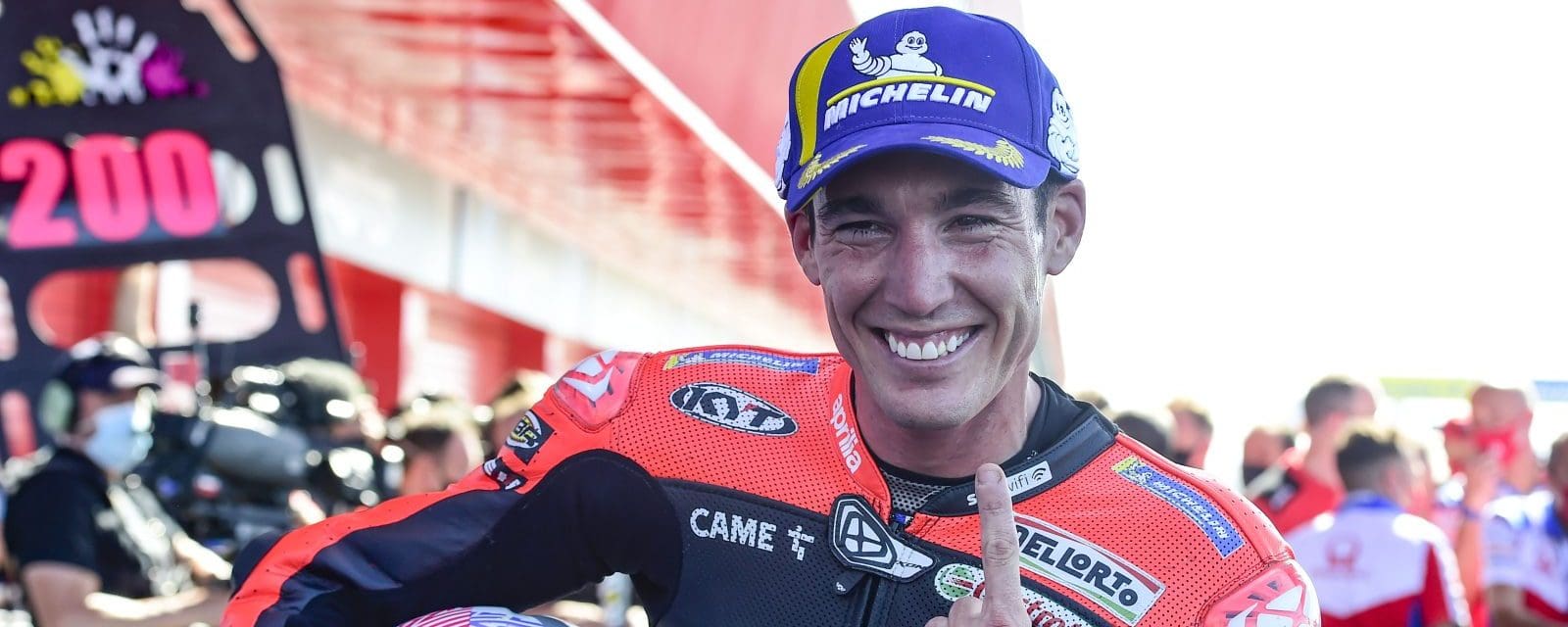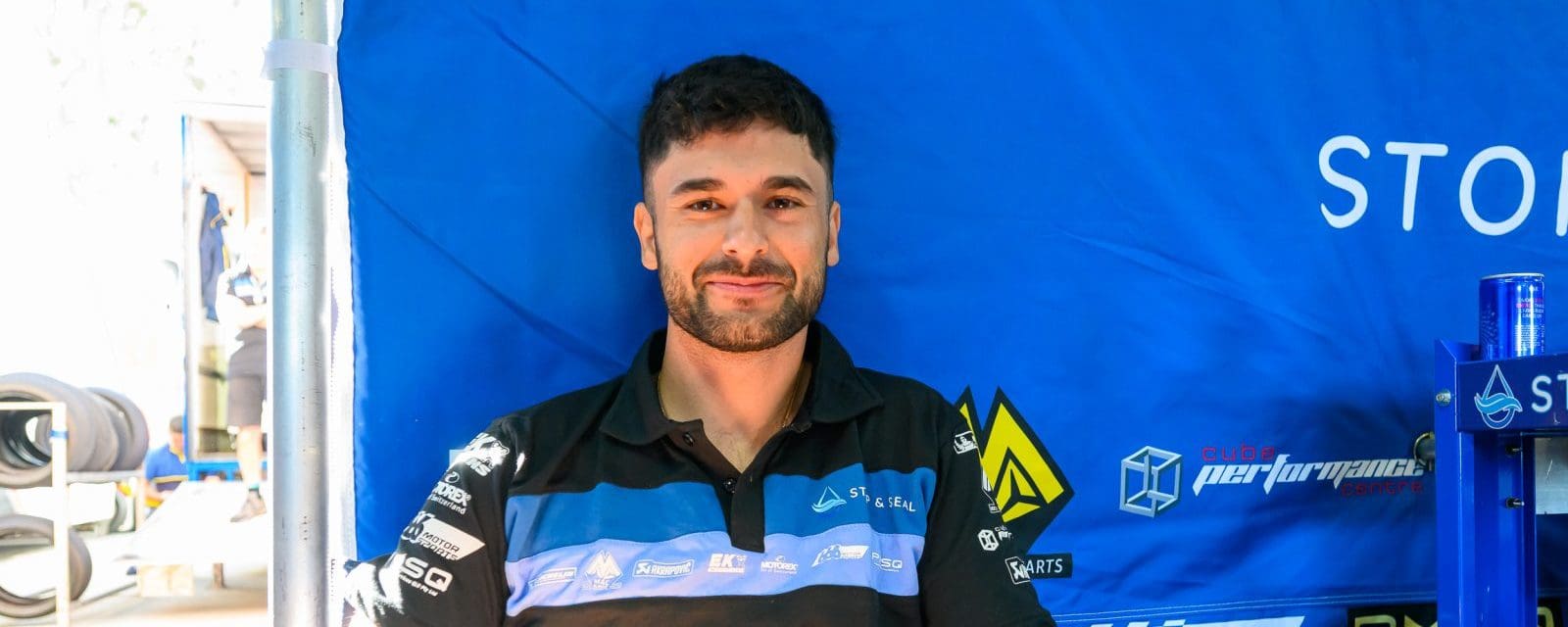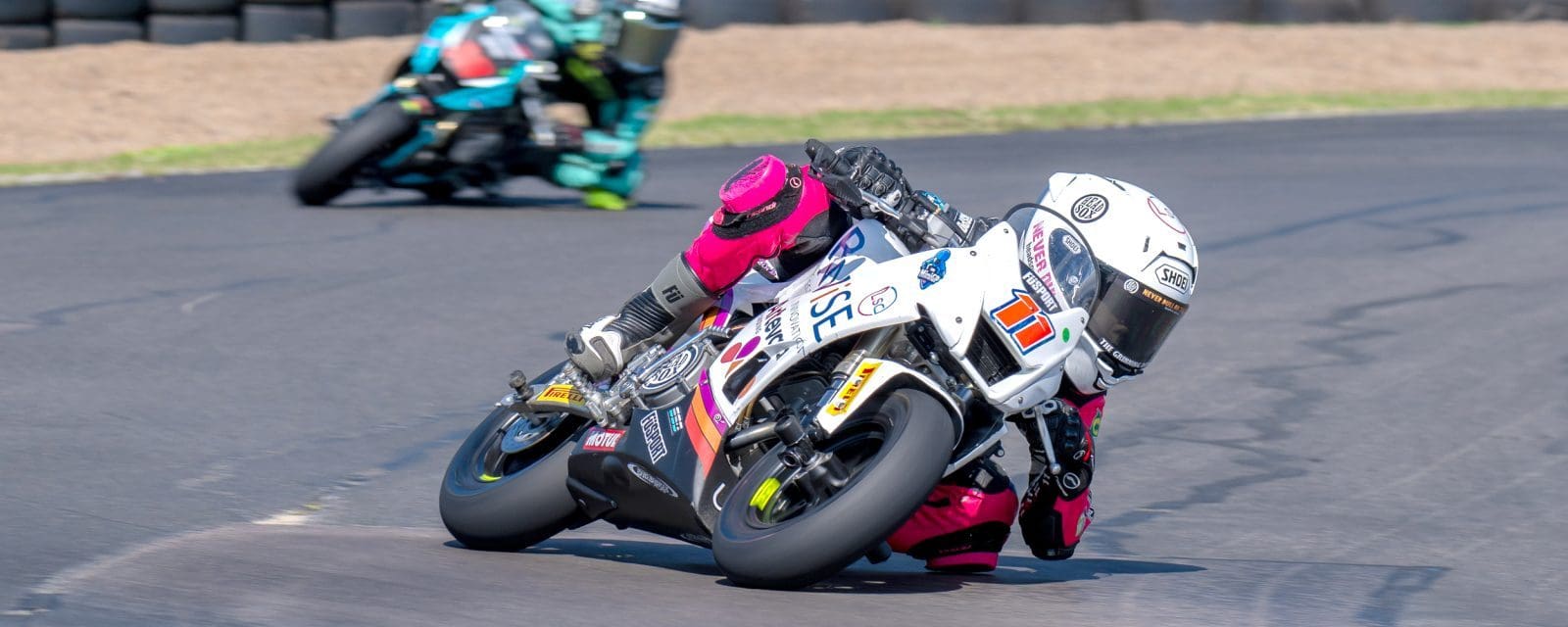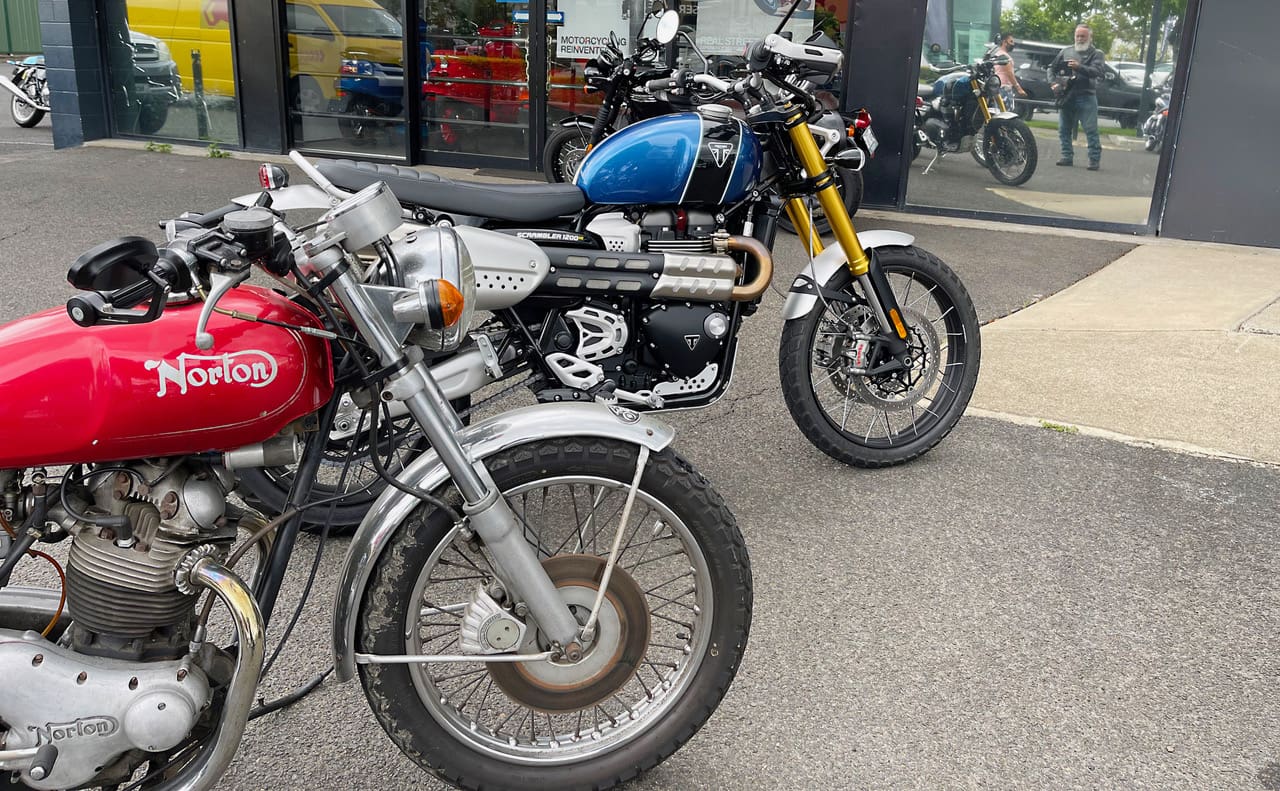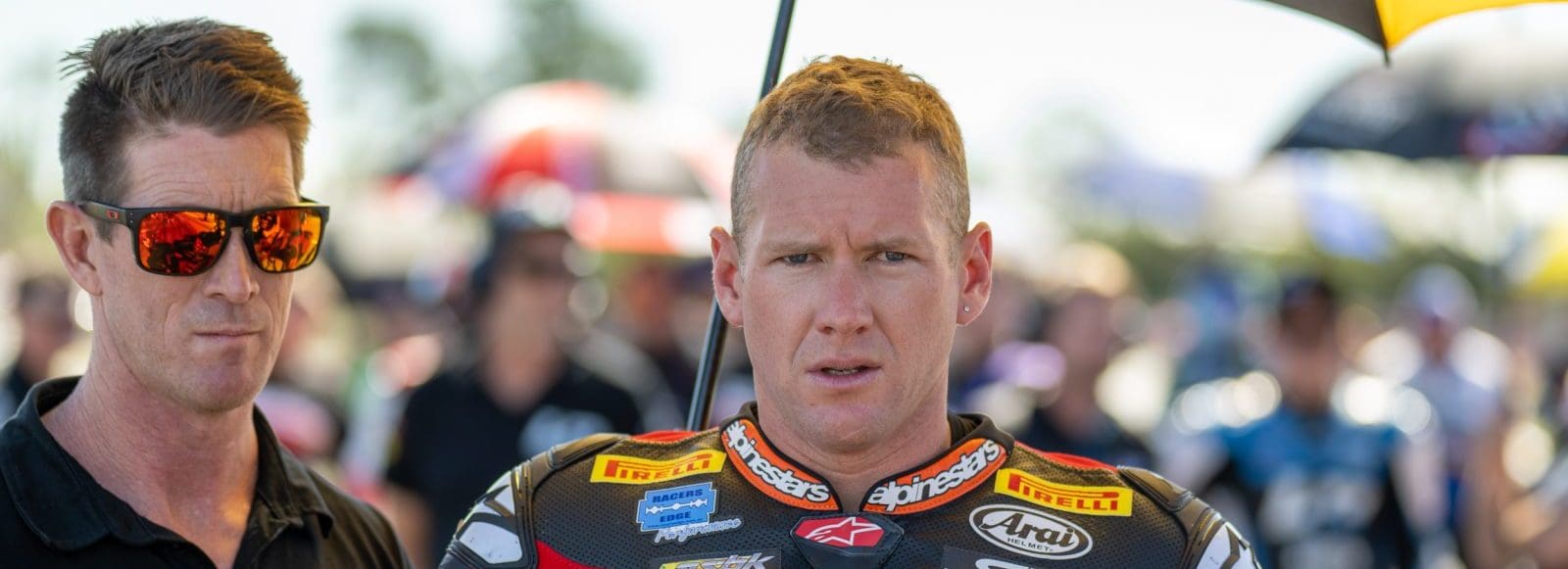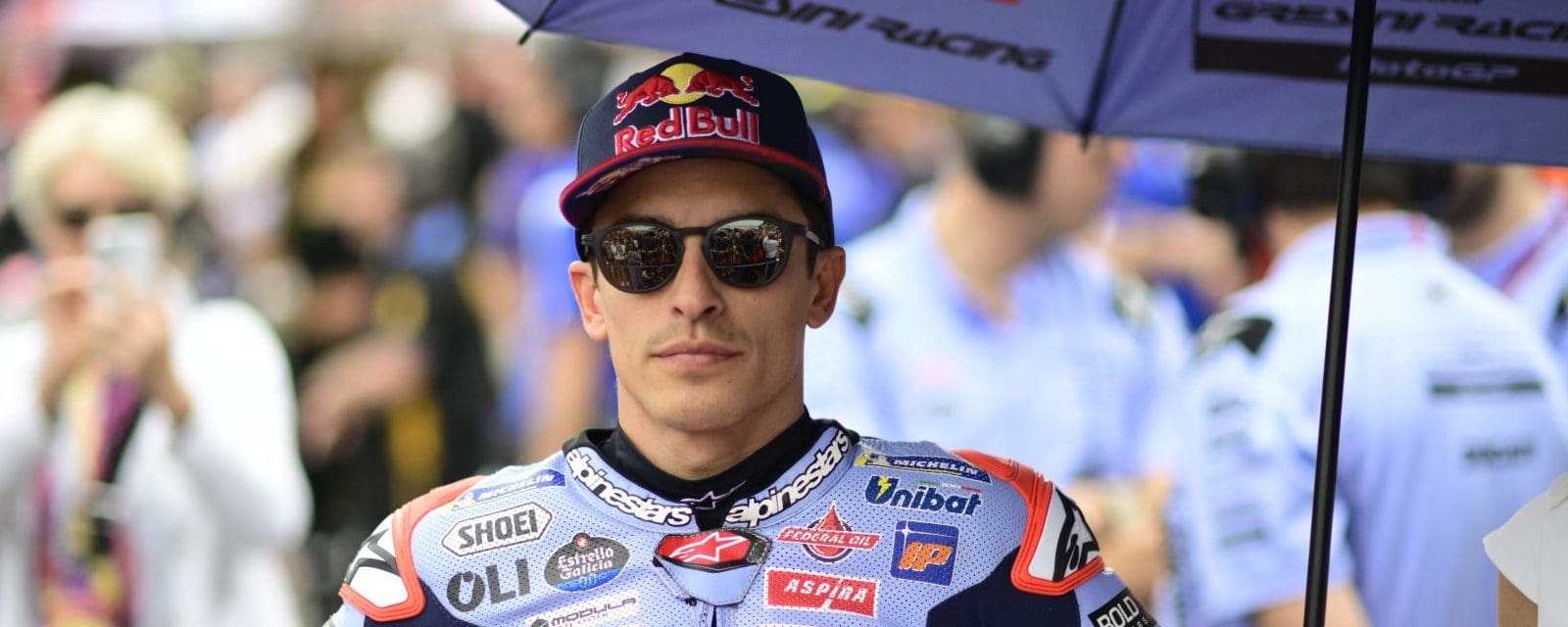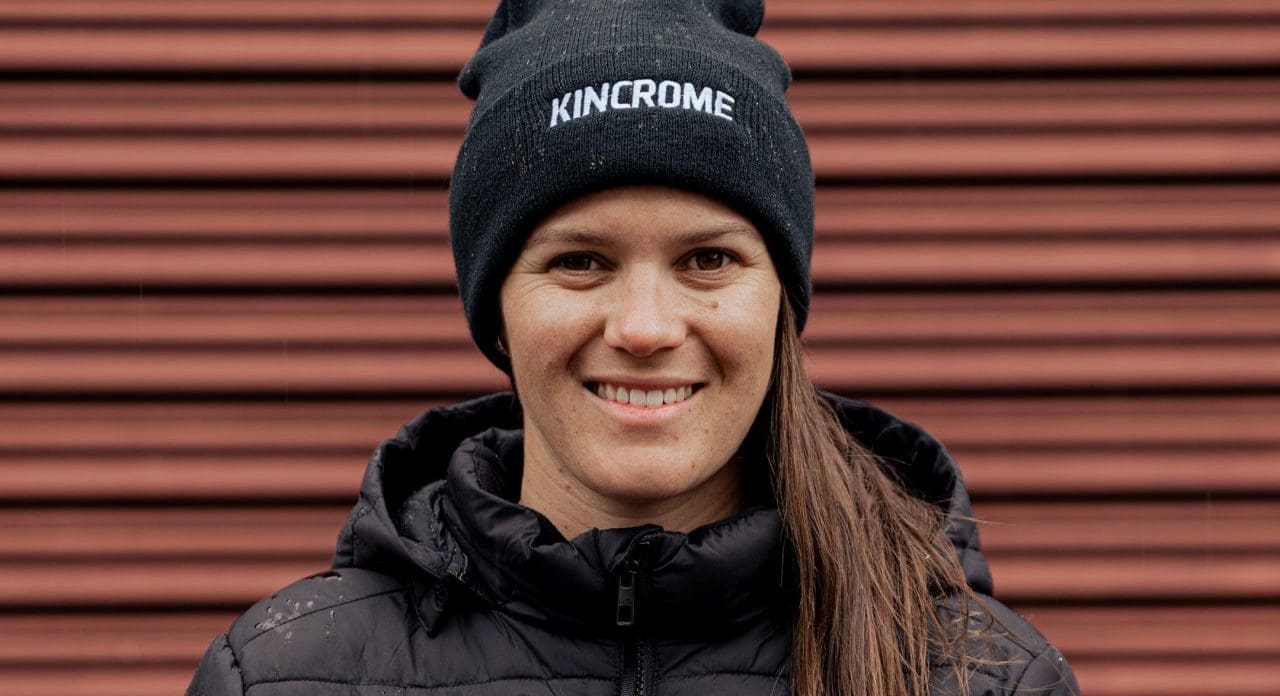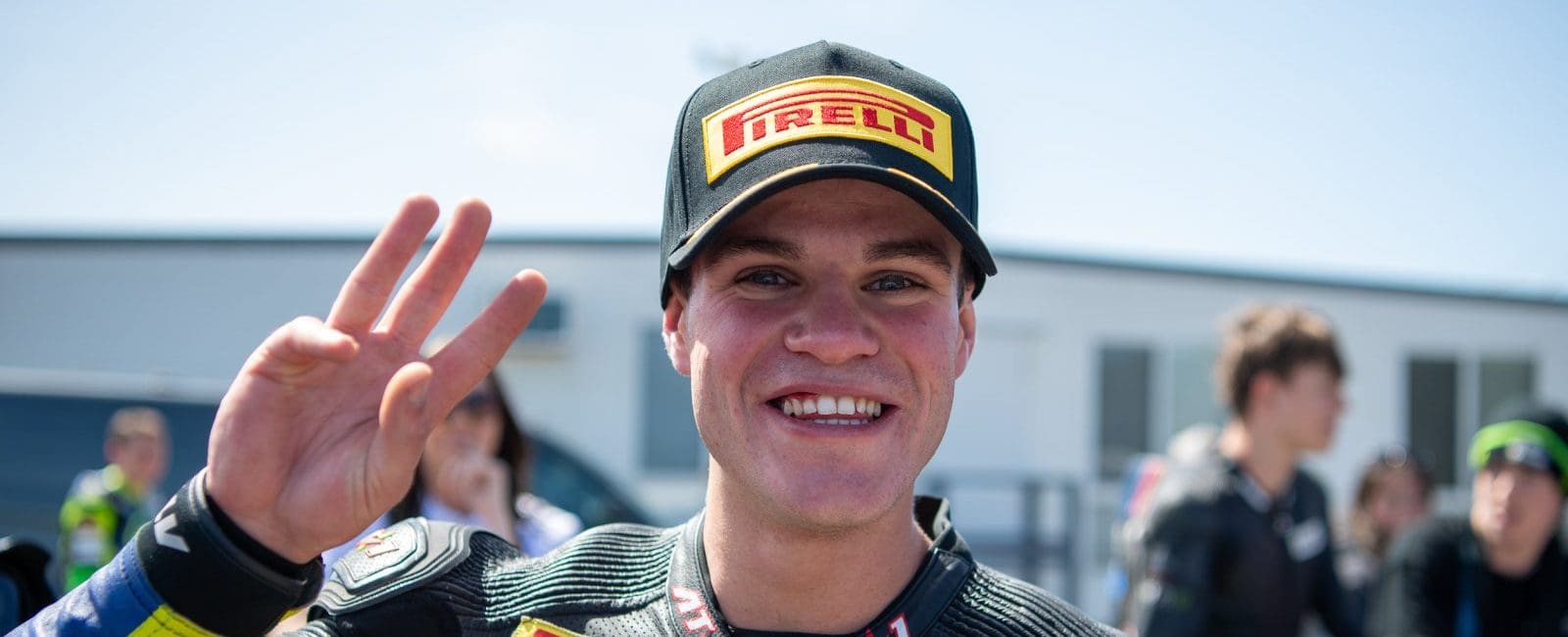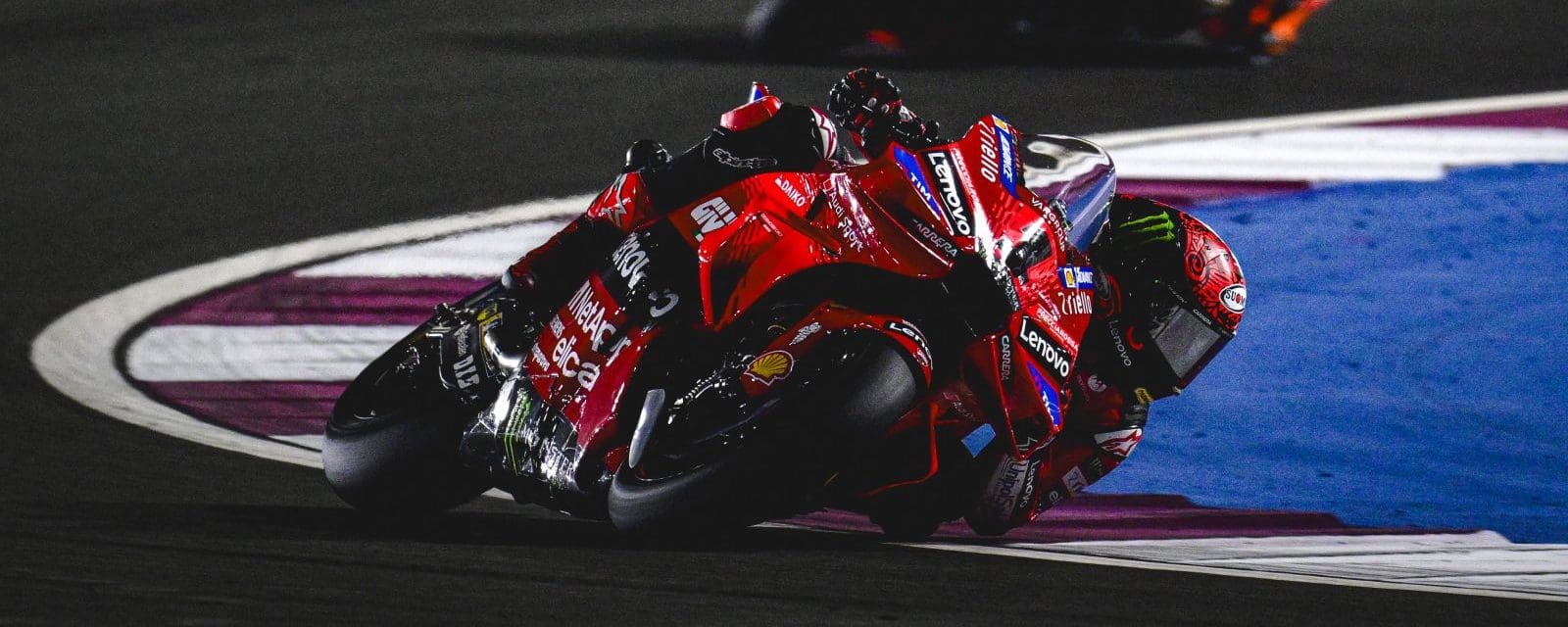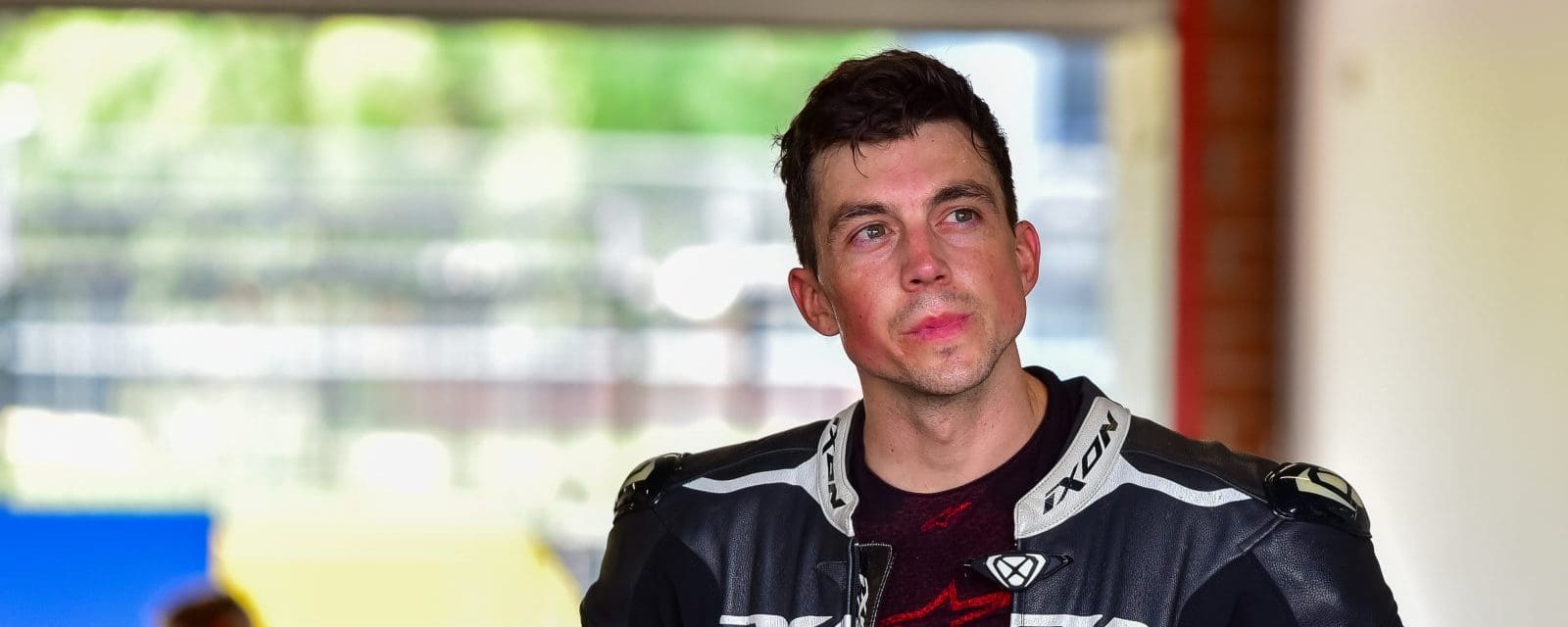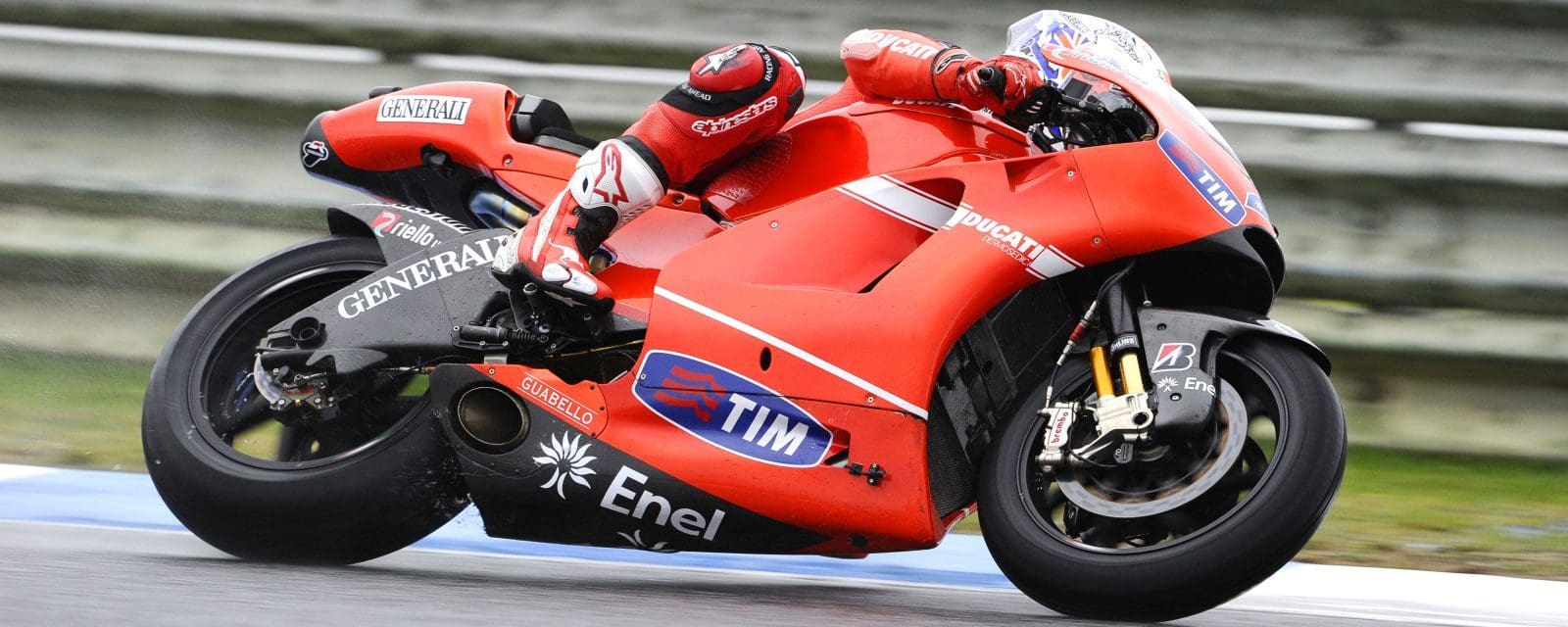Rodger Freeth was a multiple New Zealand champion who could win on anything.
Born in Picton, a town on New Zealand’s South Island, on Christmas Eve in 1953, a Suzuki 150 would become Freeth’s first motorcycle when he was 17 years old.
His first race came just 19 months later on a Triumph T500 and it took the Kiwi just a few years to earn his first national title during the 1975/’76 season, when he won the NZ Open Production Championship. Freeth raced a number of big-bore production bikes during the following years, including in the prestigious Castrol 6 Hour.
Showing versatility while studying at university, he was NZ Open Racing Champion in 1976/77 (Suzuki TR500) and 1977/78 (Yamaha). He picked up the NZ Open TT and Senior TT trophies in both 1978 and in 1980, later adding more NZ TTs in 1983/84, 1984/85 and 1985/86.
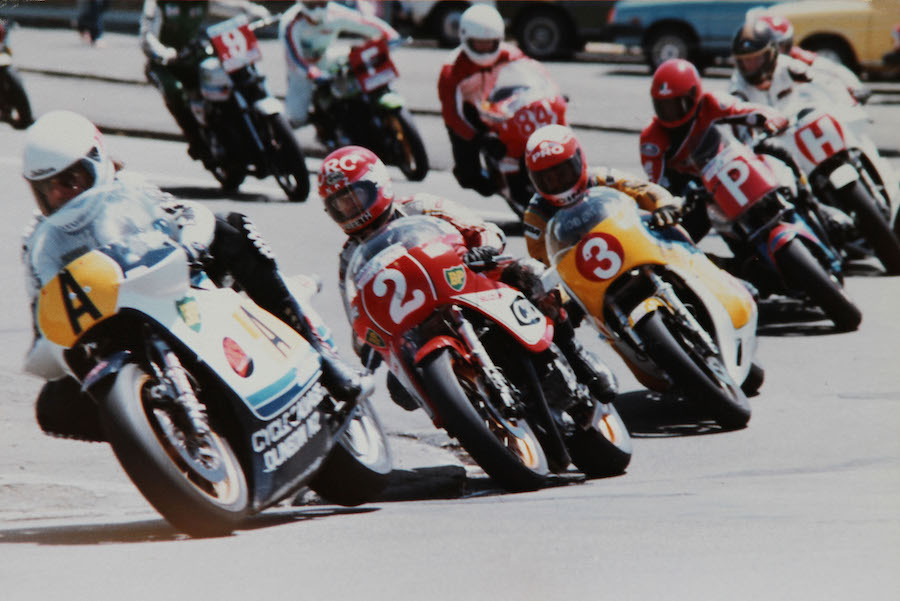
Freeth hit his peak in the early 1980s, winning NZ Formula 1 titles in 1982/83, 1984/85 and 1985/86, all on McIntosh machinery. NZ Grand Prix titles were earned in 1984, 1985, 1986 and the 1986/87 season.
Freeth also enjoyed racing in Australia, snatching the last podium place in the 1980 Australian 500cc Grand Prix on an RG500 on his first Bathurst visit, followed by second place in the same category a year later.
However, Rodger is best remembered for his two victories against big-budget factory-backed teams in the gruelling Arai 500 at Bathurst, in 1982 and 1985. He also finished second in 1984.
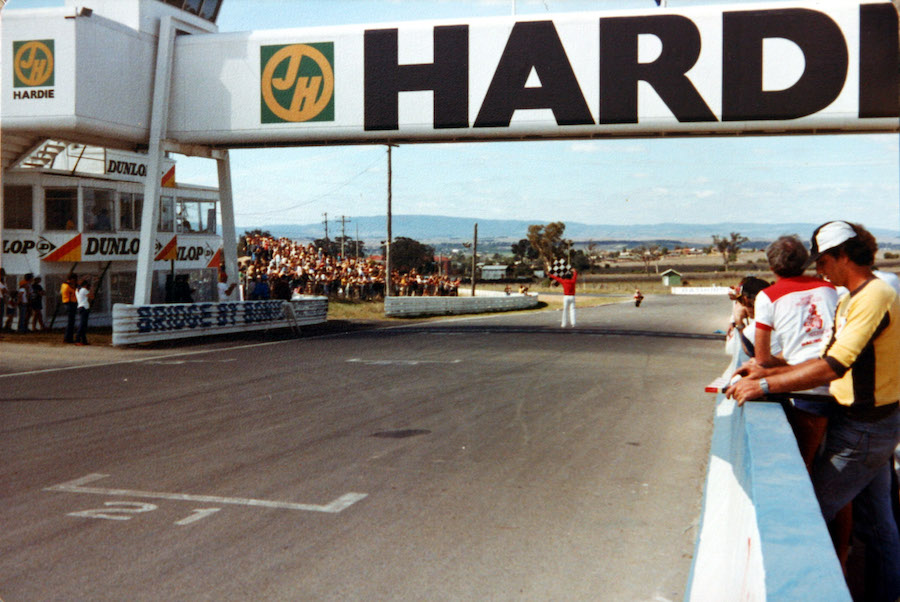
Still on a McIntosh, Freeth took victory in the 1985 NZ Wynns F1 Series.
By now a university lecturer, Freeth gained a doctorate in astrophysics in 1984 from Auckland University, aged 30.
Nothing seemed insurmountable for this likable Kiwi.
In 1977 Rodger Freeth first designed and fitted aerofoils to his aging Yamaha TZ750A to gain a cornering advantage, but within three meetings the wings were banned.
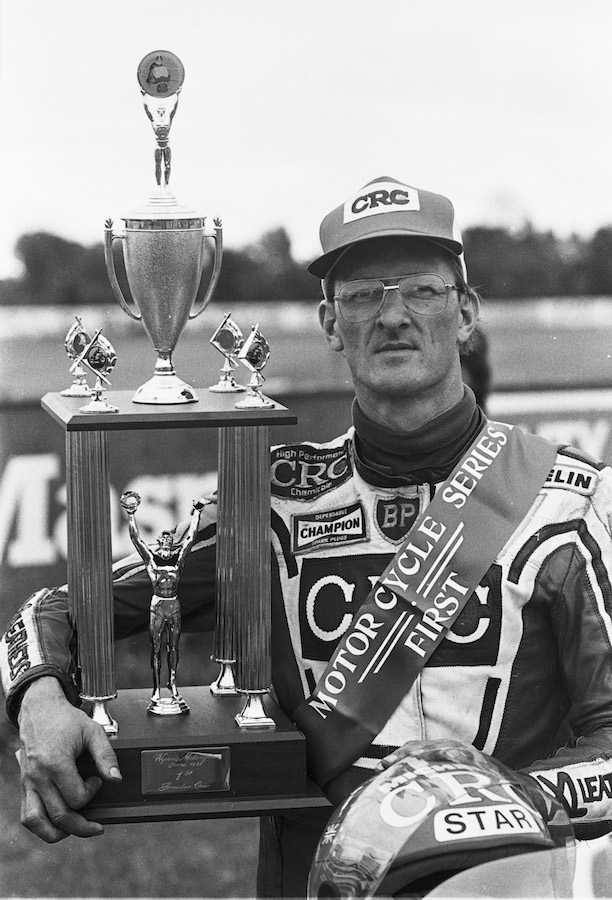
Freeth was 22 years old, the reigning New Zealand Open Racing Champion, and a student in astrophysics. He was seeking to improve corner speed by applying increased downforce on the tyres, and therefore more grip, but after three meetings the NZ Auto-Cycle Union banned the wide wings on safety grounds. Sound familiar?
This was the beginning of the halcyon days of NZ racebike ingenuity, with a number of locally built Formula One racing frames making their way onto the Australasian and world stages in the hands of Freeth, Dave Hiscock and Robert Holden.
As a leading rider, Freeth was right in the middle of it, and the ‘Flying Doctor’ went on to defend his NZ Open Racing Championship that season. Freeth and McIntosh were names soon destined to be synonymous with motorcycle racing history on both sides of the Tasman.
In 1980 Freeth was set to take delivery of a new RG500 Mk5 racebike from NZ Suzuki importers Coleman Suzuki, but it arrived late, which left him in need of top machinery to compete in the NZ championship.
With a borrowed 100kW (139hp) Yoshimura Suzuki GS1000 engine from Keith Turner and a loaned chassis from sponsor Alan Skousguard, Ken McIntosh built the first of what would turn out to be many McIntosh Suzukis.
Straight off the shelf, Freeth won all three races on debut, including the feature Champion Spark Plug Classic at Hawkesbury. Freeth also recorded the first 100mph (160km/h) race lap in New Zealand and broke a total local two-stroke domination dating back to 1971.
Freeth ended up racing his new RG500 Mk5 at the 1980 Wanganui Cemetery Circuit, on Boxing Day, and took his McIntosh along as a back-up.
Emerging Suzuki production bike star Dave Hiscock wanted to step up from his TZ350, which led to Rod Coleman directing Hiscock to ride the McIntosh GS1000 at Wanganui, followed by the 1981 NZ championship. That ride would take Hiscock and the McIntosh Suzuki all the way to the UK and the Isle of Man TT.
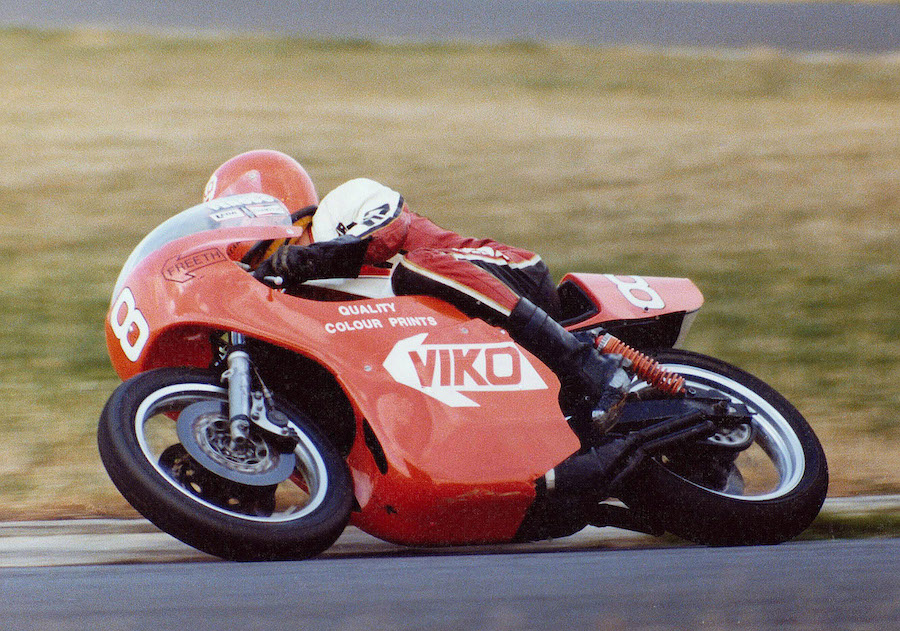
Hawkesbury Hero
The 1982/83 season started well at the Hawkesbury road circuit, where Freeth and his McIntosh GSX1100 won all three races and went on to wrap up the Formula One title. It was his third premier-class NZ crown, but his first on the McIntosh Suzuki.
The following summer, Freeth needed more power. The final round of the F1 championship at Manfeild would be a tight affair; going into the race Freeth narrowly led Bruce Woodley by a single point, with Robert Holden another two points behind. Holden won the race, which left he and Freeth tied on points. Holden won the title on a countback.
Before Bathurst in 1984, Ken McIntosh produced an updated twin-shock racebike for Freeth to race, this time with changes to the frame geometry. Freeth took one to Bathurst and finished second.
Freeth expected the fast Honda VF860R Superbikes to break down, hopefully leaving the way clear for a second Arai 500 win. But things didn’t go to plan – only two of the top three Hondas retired from the race, leaving Andrew Johnson to beat Freeth by almost a minute. Still, it was a good effort against factory-supported Australian teams on their home soil, and with
80 bikes in the field.
McIntosh then built a single-shock machine for the 1984/85 NZ championship. The new model had a slightly shorter wheelbase and steeper steering head angle for great agility. Freeth raced the monoshock McIntosh for the first time at Teretonga, where he won on debut ahead of Holden.
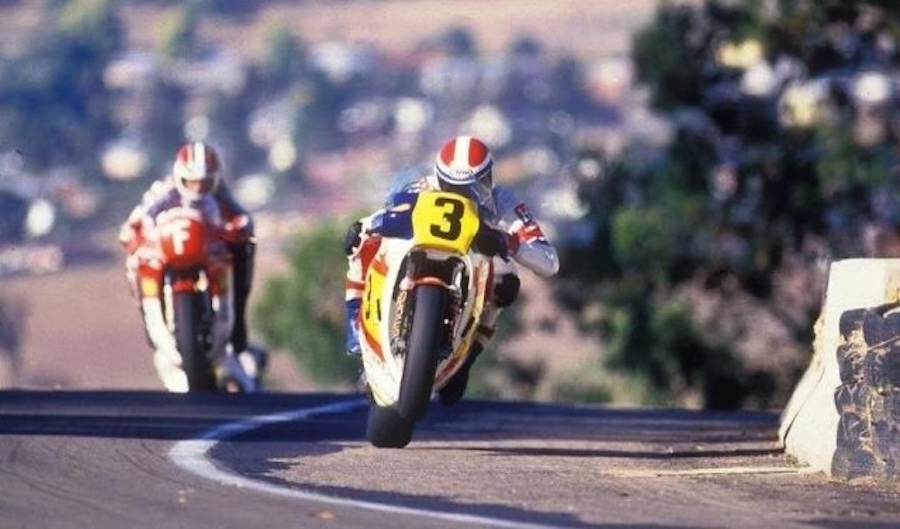
Although Holden won more races, Freeth claimed his second national F1 title on the GSX1100-powered racebike – McIntosh’s fourth premier championship in five years. The final round was staged at Manfeild, where Freeth capped off a great season by adding the NZ Formula One TT race.
The 1985 Arai 500 at Bathurst was another great race for Freeth and his single-shock McIntosh; though not without their problems, they won it by a lap. Many of his rivals also suffered mechanical woes in the races leading up to the main event, but when it mattered the Flying Doctor took the lead on the fifth lap and was seldom headed.
A huge 33-litre fuel tank had been produced in an effort to reduce fuel stops. It worked and Freeth came in on lap 30 to refuel, a full 11 laps after his nearest rival, Mal Campbell, who inherited a 20-second lead while Freeth refueled in the pits.
Knowing Freeth had a range advantage, Campbell tried to capitalise on his lead – until he came into the pits for his refuel eight laps later, belching smoke. With Campbell out, Freeth stretched his lead, made a final fuel stop and rode a steady pace for Arai 500 victory number two.
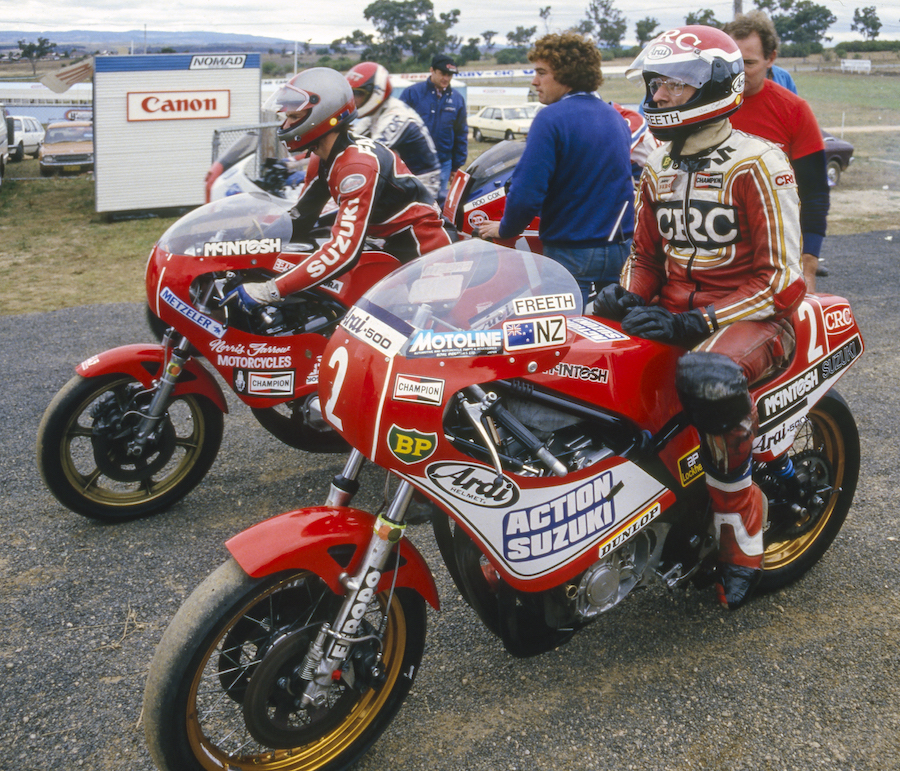
Following Freeth’s second Bathurst victory, he and Ken McIntosh decided to shoe-horn a more powerful Suzuki GSX1150 engine into the already tight-fit frame.
Freeth’s Bathurst sponsor, Rod Hunwick of Sydney’s Action Suzuki, gifted Freeth a motor from a crashed roadbike as a reward for the Bathurst win and they increased power in order to stay ahead of a new threat on the horizon – the GSX-R750.
By 1985, standard road-going sportsbikes such as the Suzuki GSX-R750 had become very close in performance to the current crop of true racing machinery, let alone modified GSX-Rs. It was the beginning of the end for NZ-framed bikes in the F1 class.
However, Freeth wasn’t finished just yet. He went on to win the 1985 Champion 300 at Pukekohe on his monoshock McIntosh Suzuki.
Freeth also claimed the NZTT F1 title at Pukekohe during the first big meeting of a huge 1985/86 season.
The highlight of that year was the Wynns International Series in December, staged over three rounds in Hamilton, Wanganui and Manfeild. Riders included brothers Steve and Craig Trinder on RG500s, Gary Goodfellow, Glenn Williams, Richard Scott, Dennis Ireland and Peter Benson (who would later be Nicky Hayden’s world title-winning crew chief) on TZ750s, and Freeth and Norris Farrow on the brutal McIntosh F1 racers.
Freeth rode consistently and took out the series without actually winning a race. Ireland finished second ahead of Craig Trinder.
The last hoorah
By the end of January 1986, Freeth and his powerful monoshock McIntosh GSX1150 remained unbeaten after three of the five rounds of the 1985/86 NZ F1 championship. He had fitted a 16-inch front wheel for that third round at Ruapuna in an effort to quicken the steering on the tight infield section and, though he won the NZ Grand Prix with that configuration, he never raced with it again. The Flying Doctor opened up an early advantage during round four to take his third King of Manfeild trophy and, with one round remaining, his second NZ Formula One title in succession.
Bathurst 1986 was the last time Freeth raced the mighty McIntosh in Australia. Even without the close-ratio gearbox, which had broken, he had a good dice with the leading runners, but with only 13 laps remaining in the Arai 500, Freeth’s engine suffered a big-end failure while he was holding down third.
As his bike career wound down, Freeth raced a slightly modified but standard-framed Suzuki GSX-R1100 in the 1986 Pukekohe 3 Hour. However, it jumped out of gear, causing Freeth to crash on the fast left-hand corner after the hairpin, injuring his hand. This was his final motorcycle race – fittingly, he had been in total command of the race, holding a one-lap lead before the crash.
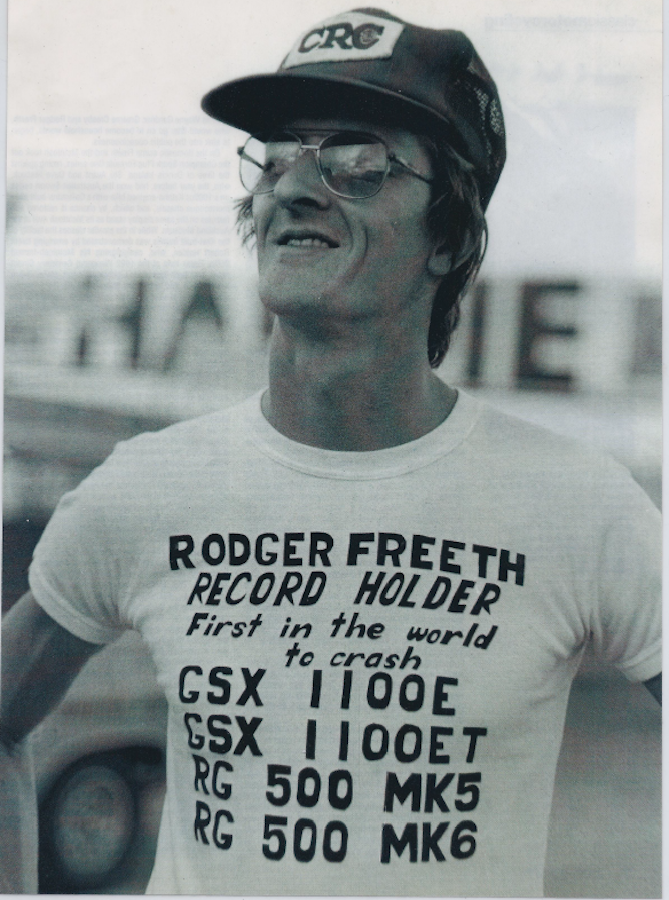
Soon after, while co-driving in the US with rally driver Neil Allport, he severed tendons in his left hand while trying to dislodge their Mazda, requiring micro-surgery and a plaster cast.
Freeth then decided to hang up his leathers and concentrate on his growing interest in four wheels. He soon became a top car driver and won several TraNZam titles in his brutal V8-powered Toyota Starlet.
Freeth was tragically killed while co-driving for Peter ‘Possum’ Bourne during the 1993 Rally Australia near Perth. Earlier that year he had set a NZ land-speed record of 313.5km/h in an Indycar.
Dr Rodger Freeth was a thinker, a champion, and a talent taken far too soon.

